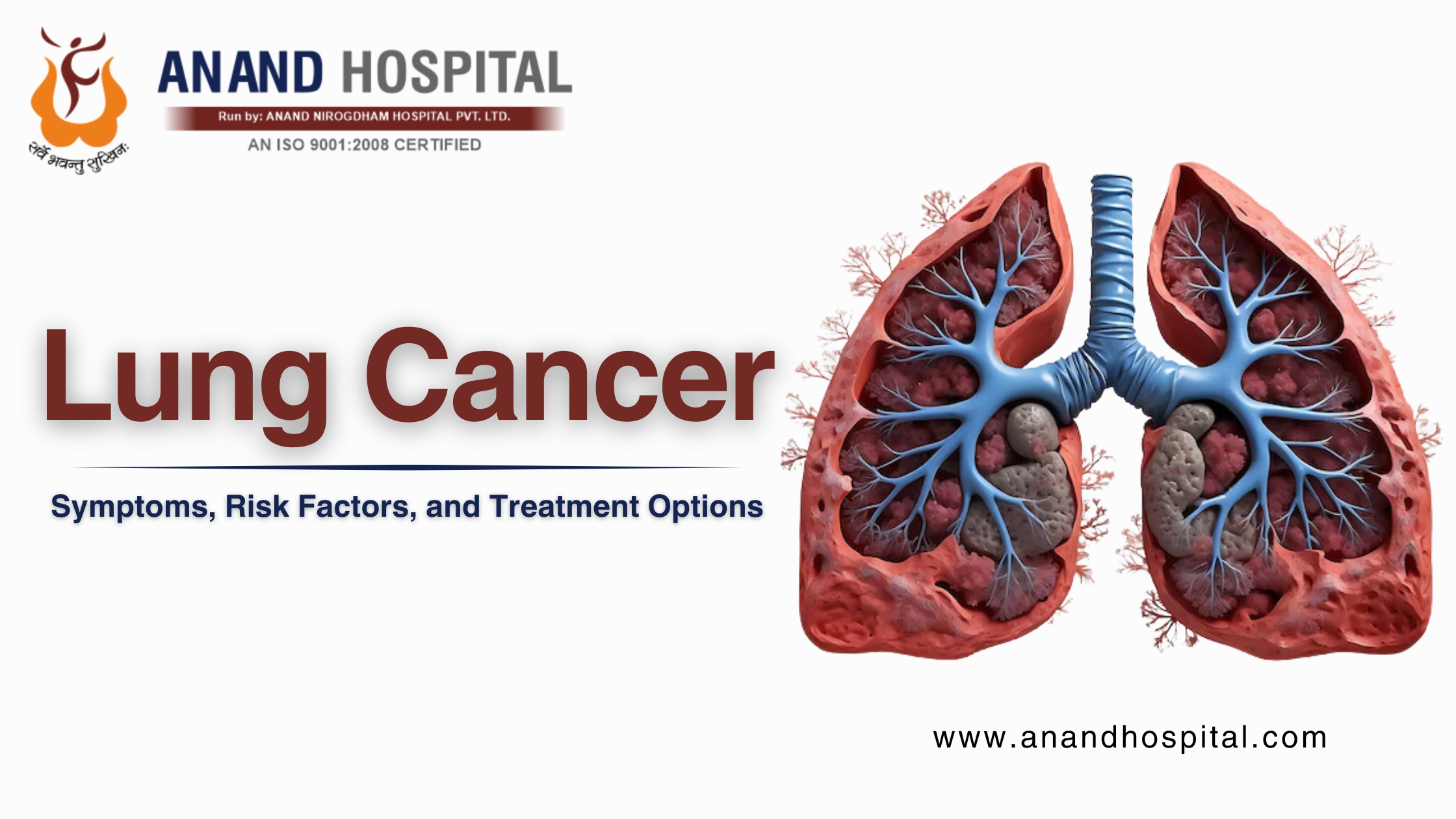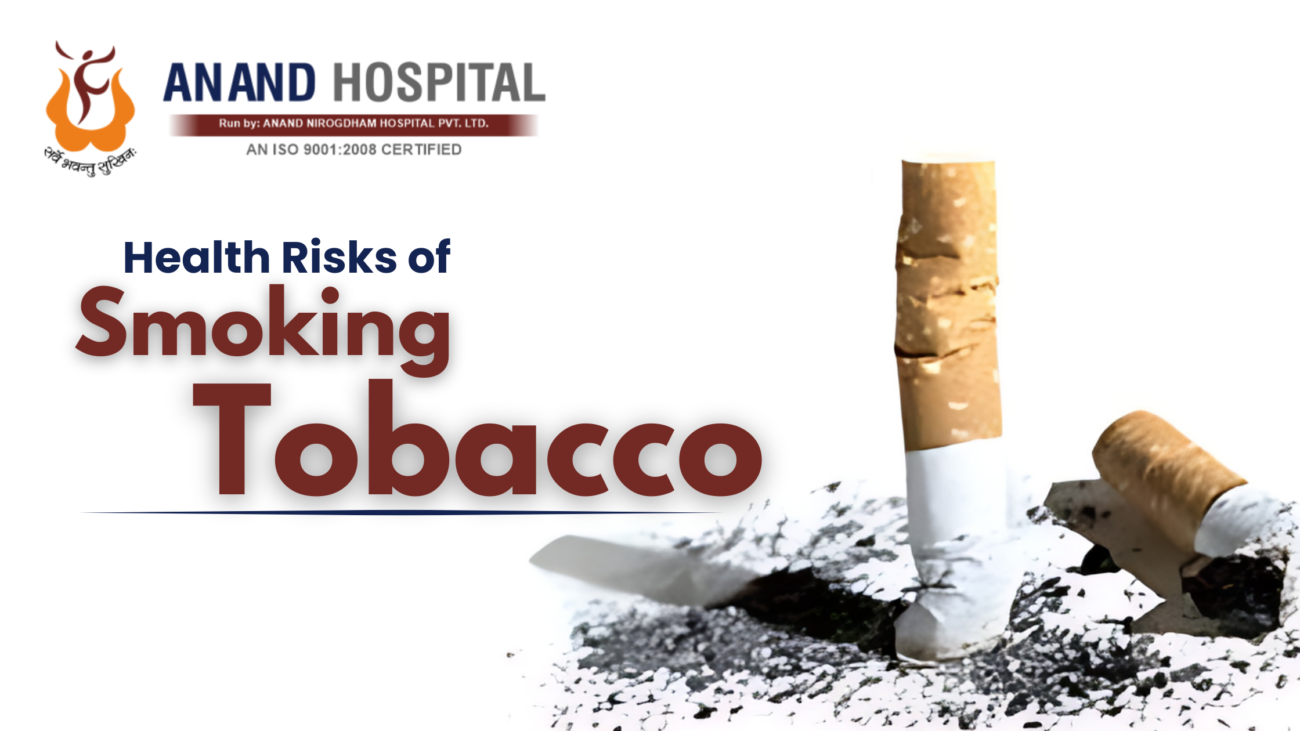Lung cancer is one of the most common and serious types of cancer worldwide. It begins in the lungs and can spread to other parts of the body if left untreated. Early detection and timely treatment can significantly improve outcomes, but many people are unaware of its symptoms, risk factors, and available treatment options. In this blog, we will discuss the key aspects of cancer to help raise awareness and promote understanding.
What is Lung Cancer?
It occurs when abnormal cells in the lung grow uncontrollably, forming a tumor. These cancer cells can invade surrounding tissues and organs, and in advanced stages, they may spread (metastasize) to other areas of the body. There are two primary types: non-small cell lung cancer (NSCLC) and small cell lung cancer (SCLC). NSCLC is more common and generally grows more slowly than SCLC.
Symptoms of Lung Cancer
It symptoms can be subtle and often mistaken for other less serious conditions, especially in the early stages. Recognizing these symptoms early on is essential for prompt diagnosis and treatment. Common symptoms include:
- Persistent cough: A cough that doesn’t go away or gets worse over time.
- Coughing up blood: Even small amounts of blood in sputum (mucus) can be a warning sign.
- Shortness of breath: Difficulty breathing or wheezing may occur as the tumor grows.
- Chest pain: Pain that worsens with deep breathing, coughing, or laughing.
- Unexplained weight loss: Sudden weight loss without changes in diet or exercise.
- Fatigue: Feeling unusually tired or weak despite adequate rest.
If you or a loved one experiences any of these symptoms, it is crucial to seek medical attention for a thorough evaluation.
Risk Factors for Lung Cancer
While anyone can develop lungs cancer, certain factors increase the risk of the disease. The most significant risk factors include:
- Smoking: Cigarette smoking is the leading cause of lung cancer, responsible for about 85% of cases. The longer you smoke and the more packs per day, the greater the risk.
- Secondhand smoke: Even if you don’t smoke, prolonged exposure to secondhand smoke can raise the risk of cancer.
- Exposure to radon gas: Radon is a radioactive gas found naturally in soil and rocks. Prolonged exposure can increase the likelihood of developing cancer.
- Occupational exposure: Jobs that expose workers to hazardous substances like asbestos, arsenic, and certain chemicals can raise lungs cancer risk.
- Air pollution: Long-term exposure to high levels of air pollution can also contribute to the development of cancer.
- Family history: Individuals with a family history of lung cancer may have a higher risk of developing the disease.
Diagnosis
If lung cancer is suspected based on symptoms and risk factors, a series of diagnostic tests will be performed. These may include:
- Imaging tests: X-rays, CT scans, and MRIs can provide detailed images of the lungs to detect tumors.
- Biopsy: A small sample of tissue is taken from the lung for laboratory analysis to determine if it is cancerous.
- Bronchoscopy: A thin tube with a camera is used to examine the airways and take tissue samples if needed.
Treatment Options for Lung Cancer
Treatment depends on the type, stage, and overall health of the patient. Here are the most common treatment options:
- Surgery: If the cancer is localized and has not spread, surgery may be performed to remove part or all of the affected lung.
- Radiation therapy: High-energy rays are used to target and destroy cancer cells. This is often combined with other treatments or used when surgery is not possible.
- Chemotherapy: Drugs are administered to kill cancer cells or stop their growth. Chemotherapy is often used for advanced lungs cancer or after surgery to kill any remaining cells.
- Targeted therapy: This approach targets specific mutations in cancer cells and may be effective for some forms of lungs cancer.
- Immunotherapy: Immunotherapy boosts the body’s natural defenses to fight the cancer, particularly in cases where other treatments have failed.
Preventing Lung Cancer
The most effective way to prevent lung cancer is by avoiding smoking and secondhand smoke. If you are a smoker, quitting significantly reduces your risk. Regular screenings, especially for those with a high risk, can help detect cancer early when treatment is most effective.
Conclusion
It is a serious disease, but with early detection and advances in treatment, many people can lead longer, healthier lives. If you are concerned about your risk or are experiencing symptoms, reach out to a healthcare professional for guidance. For expert care and support, visit Anand Hospital Meerut for comprehensive lung cancer diagnosis and treatment options.
Raising awareness about lungs cancer can help save lives, so share this information with your friends and family. Stay informed, stay healthy!
FAQs:
Early symptoms of lung cancer include a persistent cough, coughing up blood, shortness of breath, chest pain, and unexplained weight loss. If you experience any of these symptoms, consult a doctor immediately.
Smokers, people exposed to secondhand smoke, individuals with a family history of lung cancer, and those exposed to harmful substances like asbestos and radon gas are at the highest risk.
Treatment options include surgery, radiation therapy, chemotherapy, targeted therapy, and immunotherapy. The choice of treatment depends on the cancer stage and type, as well as the patient's overall health.


